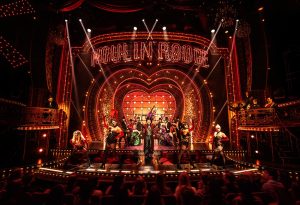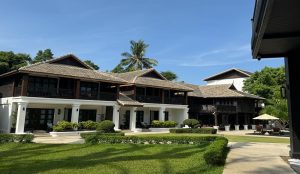Saddle up for rip-roaring fun in the Cowboy State
Travelers looking for symbols of the American frontier—the ranch, the rodeo, the cowboy—will find them in the epic, wide-open landscapes of Wyoming, our 10th largest but least populous state. For fans of Western movies, it’s a fantasy come to life.
A group trip to Wyoming is not complete without a ranch visit, chuckwagon meal, or museum or historic site steeped in Old West lore. Your itinerary might include a ghost town, rodeo thrills and time to shop for cowboy duds. Heaping helpings of Western hospitality welcome all, city slickers included.
Wyoming’s Wild West Dining Experiences
Historic Trails West in Casper offers a three-hour Dutch Oven Evening Trek that involves a covered wagon or horseback ride over the actual ruts of the Oregon, California, Mormon and Pony Express trails. A similar adventure is the Noon Up Lunch Trek. The Indian Tepee Village along the banks of the Platte River serves as the setting for these chuckwagon feasts. On the same route, Historic Trails West offers two-hour wagon rides without the meals. Wagons can accommodate up to 60 people.
Under an open sky with views of the Wind River Mountains, scrumptious food awaits groups at the Pitchfork Fondue Western Cookout at the Pinedale Rodeo Grounds. Start with homemade potato chips and buffalo brats before indulging in a main course of sirloin steak, chicken breast or trout.
For the Covered Wagon Cookout & Show offered by Bar T 5 in Jackson Hole, guests travel by wagon into Cache Creek Canyon for an evening of chuckwagon dining and Western entertainment. In Cody, Cody Cattle Company rustles up an all-you-can-eat chuckwagon buffet with foot-stomping music.
At Terry Bison Ranch, a resort outside of Cheyenne, groups can go horseback riding for an hour or book a tour on a custom-built train that pulls right up to grazing bison—an iconic emblem of the American West. Guests can hand-feed the shaggy mammals and see a menagerie of other creatures, including ostriches, camels, llamas and longhorns. The on-site restaurant serves bison burgers and steaks; a group steak fry can be arranged.
For fine dining in a ranch-style setting, consider The Cookhouse at the TA Guest Ranch in Buffalo.
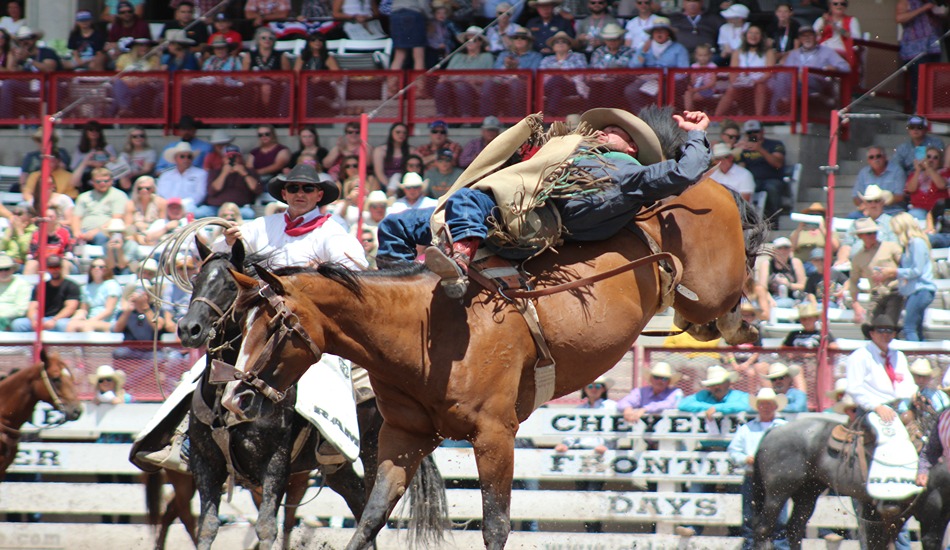
A rodeo in Wyoming always draws a crowd.
Rodeos in Wyoming
Firmly ingrained in the heart of Wyoming, rodeo is the state sport, and a bucking bronc appears on the state’s license plates. During the summer, almost every town hosts events where amateur and professional athletes compete in bull riding, steer wrestling, barrel racing, saddle bronc and bareback riding, and other feats of skill. When it comes to spectator sports, there’s nothing more exciting than watching a rider, using only one hand, fight to stay on the gyrating steed for eight seconds to earn a score. Many of these Wyoming rodeos are sanctioned by the Professional Rodeo Cowboys Association (PRCA), the largest and oldest rodeo organization in the world.
At Cheyenne Frontier Days, a 10-day festival held the last full week in July in the state’s capital and biggest city, top professional cowboys vie for $1 million in cash prizes. A summer staple since 1897, the world’s largest outdoor rodeo and Western celebration is called the “Daddy of ’Em All.” Trick riders and rodeo clowns break up the wild ’n’ woolly main events. Pancake breakfasts, chuckwagon dinners, concerts, a carnival midway and Native American dance performances at Indian Village add to Cheyenne Days festivity.
In northwest Wyoming, the town of Cody stages two distinct rodeos. The Cody Nite Rodeo, a tradition that started in 1938, takes place every night from June 1 through August 31. At the same venue, Cody Stampede Days, with special performances of the Nite Rodeo, highlights the Fourth of July weekend. Known as the Rodeo Capital of the World, Cody traces its rodeo history back to the time when William F. “Buffalo Bill” Cody conducted his Wild West Show tryouts in town, although the show was never formally held there.
In Casper, daring cowboys entertain grandstand crowds every July at the Central Wyoming Fair & Rodeo. Casper also hosts the Collegiate National Finals Rodeo, a mid-June event that draws more than 400 cowboys and cowgirls from 100 universities and colleges. In July, the National High School Finals Rodeo takes place in Gillette. Other calendar highlights include July’s Sheridan WYO Rodeo in Sheridan and August’s Wyoming State Fair & Rodeo in Douglas.
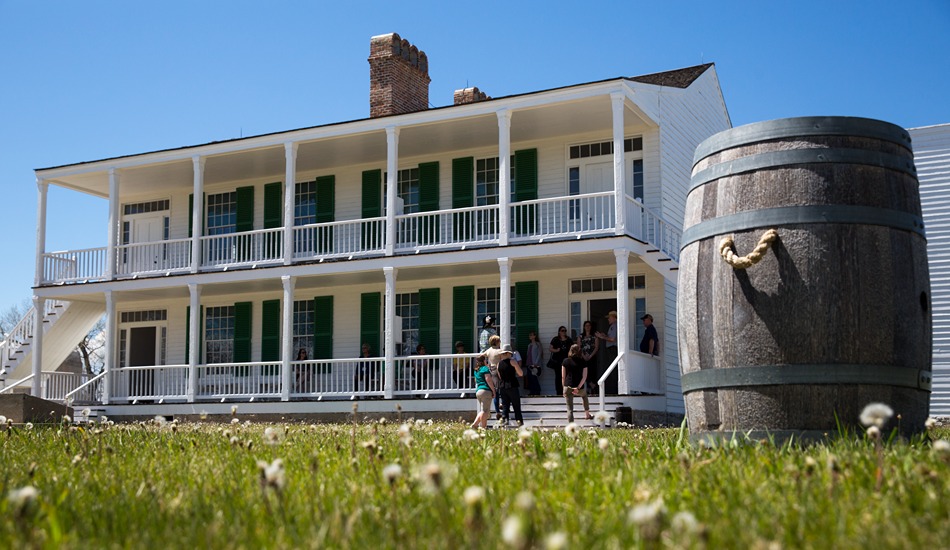
Fort Laramie National Historic Site in Wyoming
Historic Sites in Wyoming
As you explore the grounds, cavalry barracks and other restored buildings at Fort Laramie National Historic Site, staff members and volunteers in period dress bring alive the sweeping saga of westward expansion and Indian resistance to encroachment on their territories. Originally established as a private fur trading post in 1834, Fort Laramie, a major stop on the Oregon Trail, evolved into the largest and best known military base on the Northern Plains before its abandonment in 1890. There are museum exhibits and an 18-minute orientation film.
The story of Fort Caspar, which also served Oregon Trail journeyers, is told at the Fort Caspar Museum and Historic Site, located on the North Platte River near the central Wyoming town of Casper. It was the site of deadly Indian attacks in 1865. Fort Fetterman, established in the late 1800s as a supply point for soldiers protecting the Union Pacific Railroad, epitomized the Wild West: shootouts, hangings and characters like Wild Bill Hickok, Calamity Jane and Buffalo Bill Cody. Fort Bridger State Historic Site, near Evanston in southwest Wyoming, features 34 original and re-created buildings, including a schoolhouse, homestead cabin, Pony Express barn and officers’ quarters. Its museum showcases items from eras past, and costumed guides provide insightful commentary.
Tours of the Wyoming Territorial Prison State Historic Site in Laramie feature cells, prisoner dining rooms, the industries building (broom factory), warden’s office, and guards’ and women’s quarters. An exhibit on outlaw Butch Cassidy marks the time he spent in the prison, which was in use from 1872-1903.
In Pinedale, the fur-trade era comes alive at the Museum of the Mountain Man, where exhibits include a replica of an 1800s Sioux lodging and a life-size grizzly-bear-attack diorama. In the foothills of the Bighorn Mountains near Sheridan, the Brinton Museum at Quarter Circle A Ranch displays Western and American Indian art. Tours of the Historic Brinton Ranch House and old-time leather workshop are available.
Wyoming claims a number of ghost towns that provide a rare glimpse into a bygone era, a time when prospectors came from far and wide in hopes of striking it rich digging into veins of mineral deposits. Among the most visited of these abandoned frontier settlements is South Pass City, which boomed with the discovery of gold in the 1860s. Visitors at this state historic site can see more than 20 authentically restored structures, view 30-some period room exhibits, tour the gold mine, go panning for gold in Willow Creek and order a sarsaparilla soda at the general store. Nearby, Atlantic City also bustled with mining activity before being deserted in a few short years. Besides poking around 40 original buildings, you can shop in the general store and enjoy a meal at Miner’s Grubstake & Dredge Saloon.
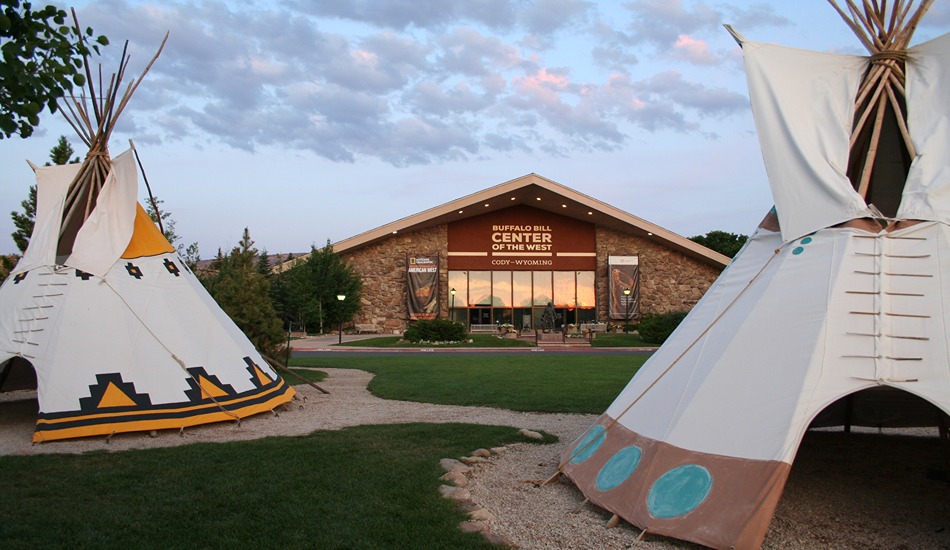
Buffalo Bill Center of the West in Cody Park County, Wyoming
The Buffalo Bill Center of the West in Cody, the state’s most renowned museum complex, consists of five separate units dedicated to the culture and traditions of the American West, all under one roof. Its Buffalo Bill Museum spotlights the famous showman and scout, while the Plains Indian Museum brims with the art, dress, ceremonial items and weaponry of the Arapaho, Blackfeet, Cheyenne, Crow, Shoshone and Sioux tribes. A Smithsonian Affiliate, the center comprises the Draper Natural History Museum, Cody Firearms Museum and Whitney Western Art Museum as well.
Visitors to Cody also get their Western fix at Old Trail Town, a grouping of reconstructed/relocated buildings from the pioneer era. Western wear shops in Cody (and towns like Sheridan, Jackson and Cheyenne) purvey belts, boots, hats, snap-button shirts, bolo ties and other merchandise that help express one’s inner cowboy.
Cheyenne Frontier Days Old West Museum boasts one of America’s most complete collections of horse-drawn wagons and carriages. It also displays classic Western art, authentic clothing dating as far back as the 1850s, and excellent exhibits that shed light on pioneer times and the history of the Frontier Days celebration. Treasures in the Nelson Museum of the West, also in Cheyenne, range from saddles, spurs and chaps to Native American crafts, mounted big-game animals, and all kinds of outlaw, cavalry and cowgirl memorabilia.
Wyoming still has more to offer. For more travel ideas, in Wyoming and around the globe, be sure to Subscribe to Leisure Group Travel for FREE
By Randy Mink


